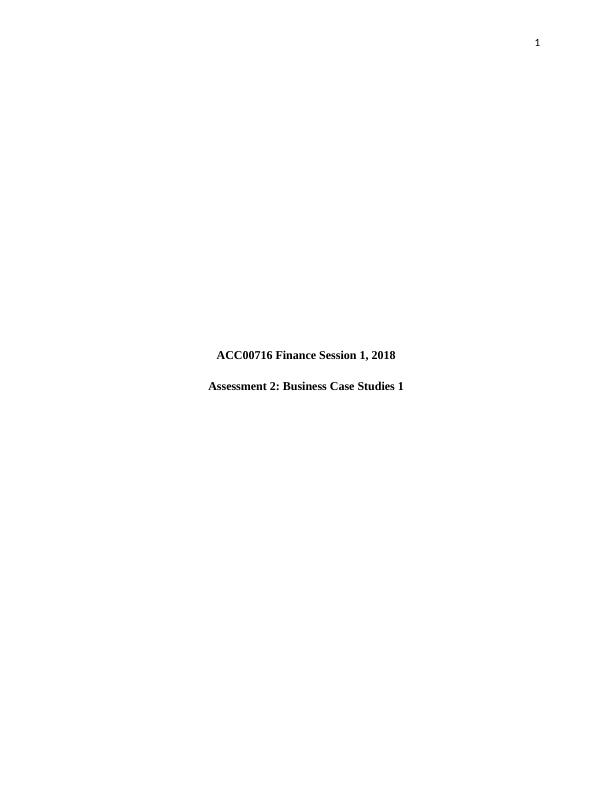Interpreting Risk and Return Measures through CAPM and Company Context
This assignment focuses on content from Topics 3, 4 and 5 and consists of 6 questions on time value of money and bond valuation, as well as 3 tasks as part of a risk and return analysis.
5 Pages1243 Words328 Views
Added on 2023-06-12
About This Document
This report explains how to interpret risk and return measures through the use of Capital Asset Pricing Model (CAPM) and company context. It discusses how to calculate expected returns and reduce unsystematic risk through diversification. The report uses Cochlear Company as an example and provides calculations for expected returns and beta coefficients.
Interpreting Risk and Return Measures through CAPM and Company Context
This assignment focuses on content from Topics 3, 4 and 5 and consists of 6 questions on time value of money and bond valuation, as well as 3 tasks as part of a risk and return analysis.
Added on 2023-06-12
ShareRelated Documents
End of preview
Want to access all the pages? Upload your documents or become a member.
Understanding Risk and Return Measures through CAPM Model and Company Context
|5
|1235
|209
Link between Risk and Return of Financial Asset using CAPM - Bega Cheese Case Study
|5
|1284
|493
Importance of CAPM (Capital Asset Pricing Model)
|6
|1310
|66
Risk Management Model for Desklib - Analysis of CAPM, Systematic Risk, Alpha, Validity of Model, Sharpe Measure and Treynor Measure
|12
|2237
|330
Capital Asset Pricing Model: Recent Developments and Criticisms
|10
|2873
|59
Comparison Analysis of Capital Market Line and Security Market Line, Minimum Variance Portfolio and Capital Asset Pricing Model
|8
|2020
|284


